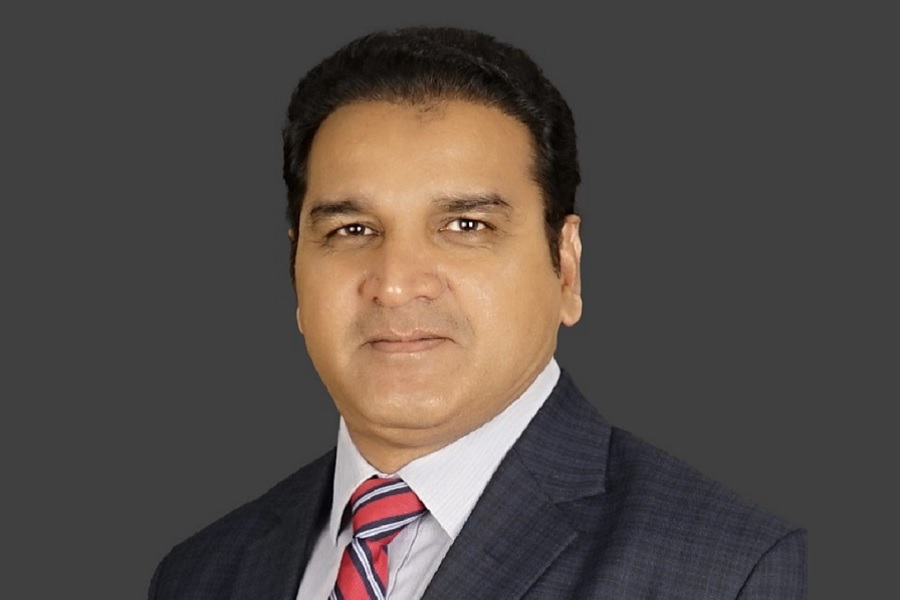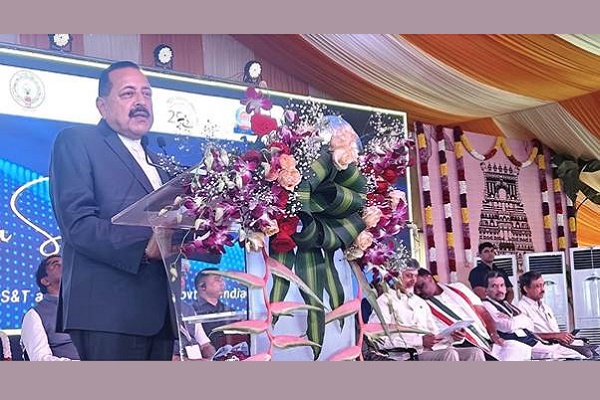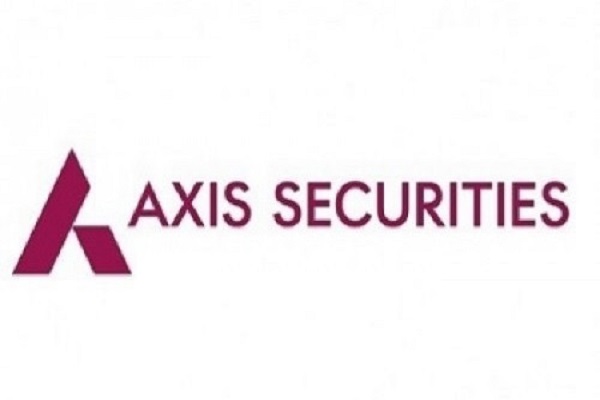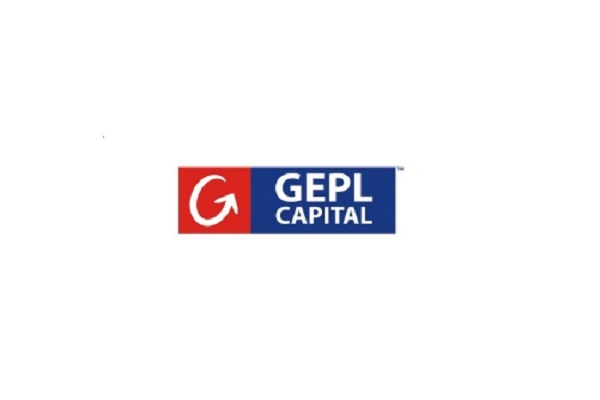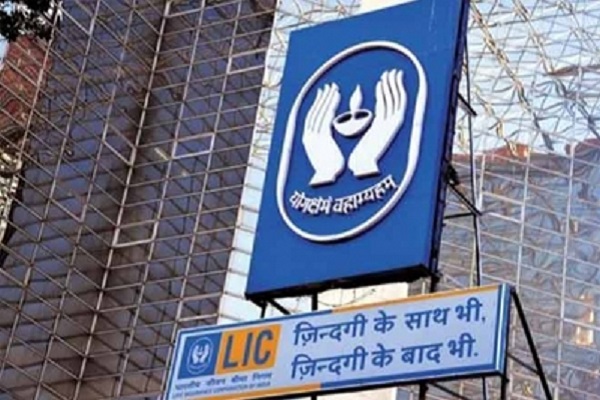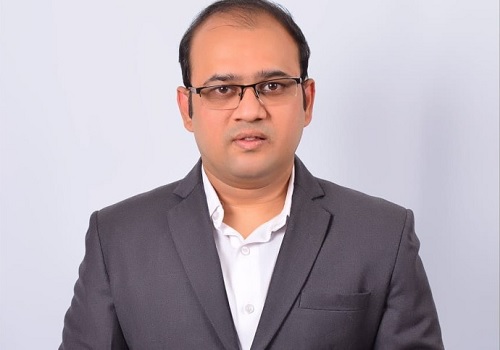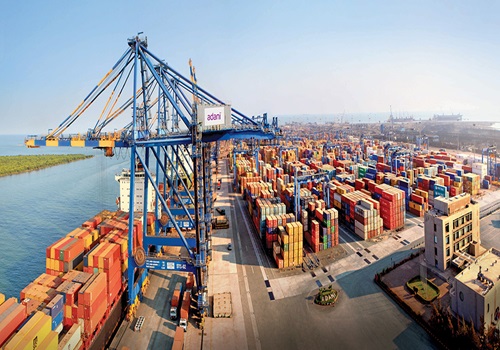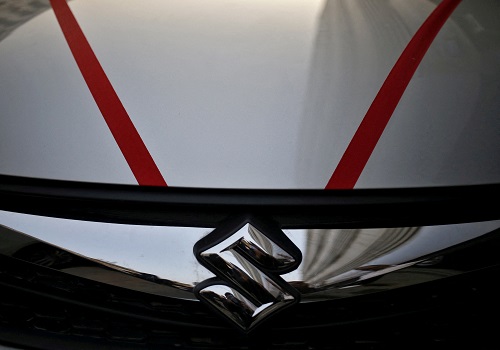Cement, Consumers, Specialty Chemicals, and Autos may see margin expansion in 2023: Prateek Agrawal, Motilal Oswal AMC

Below is Quote on Market Outlook 2023, Mr. Prateek Agrawal, Executive Director - Business & Investment Strategy, MOAMC
While inflation does seem to have peaked in 2022, central bankers are not letting their guard down. While the increase in policy rates has slowed down, central bankers are now expected to keep rates high for longer and the peak rate could be a tad higher, vs earlier expectations. Equity markets which had been buoyant in November, on hopes of a policy pivot, gave away some of their gains and consolidated. Covid fears resurfaced on case spike in China. Cement, Consumers, Specialty Chemicals, and Autos might see margin expansion in 2023 as per Motilal Oswal Asset Management Company (MOAMC).
a) Cement: The Indian cement industry could add 80-100 million tonnes of capacity by FY25, driven by increased spending on housing and infrastructure. Despite the lingering challenges posed by the pandemic, India’s long-term growth potential is intact, and Indian cement companies are favorably positioned to deliver building solutions for the nation on the march. Forecasts indicate that there are three main demand drivers for the cement industry: infrastructure upgrades, rural housing, and urbanization. Investment projects across roads, railways, metro, airports, and ports will further support the Prime Minister’s nation-building vision Infra sector is witnessing strong growth in India. The cement sector is seeing huge demand momentum continuing accelerated by higher government infrastructure spending owing to general elections.
b) Consumers: The consumer trends that were witnessed a year earlier, continued to evolve further. E-Commerce continued to grow with more people shopping online; consumers continued to prefer products that enhanced their health and well-being. There was a significant shift towards buying products that they saw as making a positive impact on people and the planet. Many companies moved dynamically to ensure business continuity by securing material supply, onboarding new suppliers fast, flexing formulations, and making strategic buying interventions.
c) Specialty Chemicals: Traditionally, low-cost labour and readily available raw material provided an edge to Indian manufacturing companies. Increasingly, though, specialty chemicals companies are focusing beyond these traditional cost advantages. Product development capabilities have become progressively more important and are the key differentiator among various companies in the industry. The Indian chemicals industry has increased its capital expenditure over the past decade in order to be well-equipped to capture future opportunities.
d) Autos: Rural demand is expected to drive sales for those companies having a strong rural and semi-urban presence. Demand in urban regions continues to remain buoyant. Improvement in sales is to continue, driven by an expected rise in e-commerce, agriculture, infrastructure, and mining activities. Many Auto companies expect recovery to continue over the next few years, driven by improved economic activities, an affordable interest rate regime, and better financing availability. Robust demand, easing supply constraints, and dropping commodity prices are likely to and ancillary companies going forward.
Investors must note the changes in the indices in favor of higher-quality businesses. Lower commodity prices could help Indian companies to improve their margins, profitability, and outlook going forward. MOAMC has seen FPI outflows turning into inflows, coinciding with a drop in commodity prices.
Themes that may continue to play out:
a) Banks: Banks dominated profit delivery in Q2FY23. There was a concern that these profits are peak profits and that NIMs could decline going forward. Also, credit growth may not be sustainable in the face of falling deposit growth. However, now with deposit growth picking up, and with system liquidity improving, a higher growth rate can sustain for longer aided by a money multiplier. Most banks are comfortable with provisions and hence the NPAs are expected to not hurt. PSU banks could see a sharper increase in NIMs given their lending is linked to MCLR. NBFCs, where the share of fixed-rate loans is higher could benefit as the loan book gets re-priced.
b) MOAMC is focused on quality fast growing businesses amongst Lenders, Chemicals, companies benefitting from the domestic manufacturing renaissance, tech companies that may be on the verge of EBIDTA breakeven, retailers, Hospital chains, and PLI beneficiaries looking at compounding of profits to deliver the most of its returns.
c) Amongst other spaces, tyre companies and auto ancillaries could see margin expansion. In an economy facing the heat of global slowdown, margin expansion may prove to be a big driver of profit growth. If the commodity price fall trend continues, this lever could strengthen going forward. Since margins are to be realized by just sustaining prices and benefitting from the fall in commodities, they might prove to be more readily obtainable in the face of slowing sales growth vs in a scenario of increasing input prices.
This year brings with it a lot of hope while there are risks as well. Margin improvement is the key theme going forward and could work well in combination with other themes. MOAMC expects a growth-oriented budget, the last full budget of the current government. Sustained growth and margin improvement in the country, could keep the breadth of the market good. Valuations are sustainable and investors should expect returns approximating earnings growth going forward while the journey should be expected to be more volatile.
Above views are of the author and not of the website kindly read disclaimer



